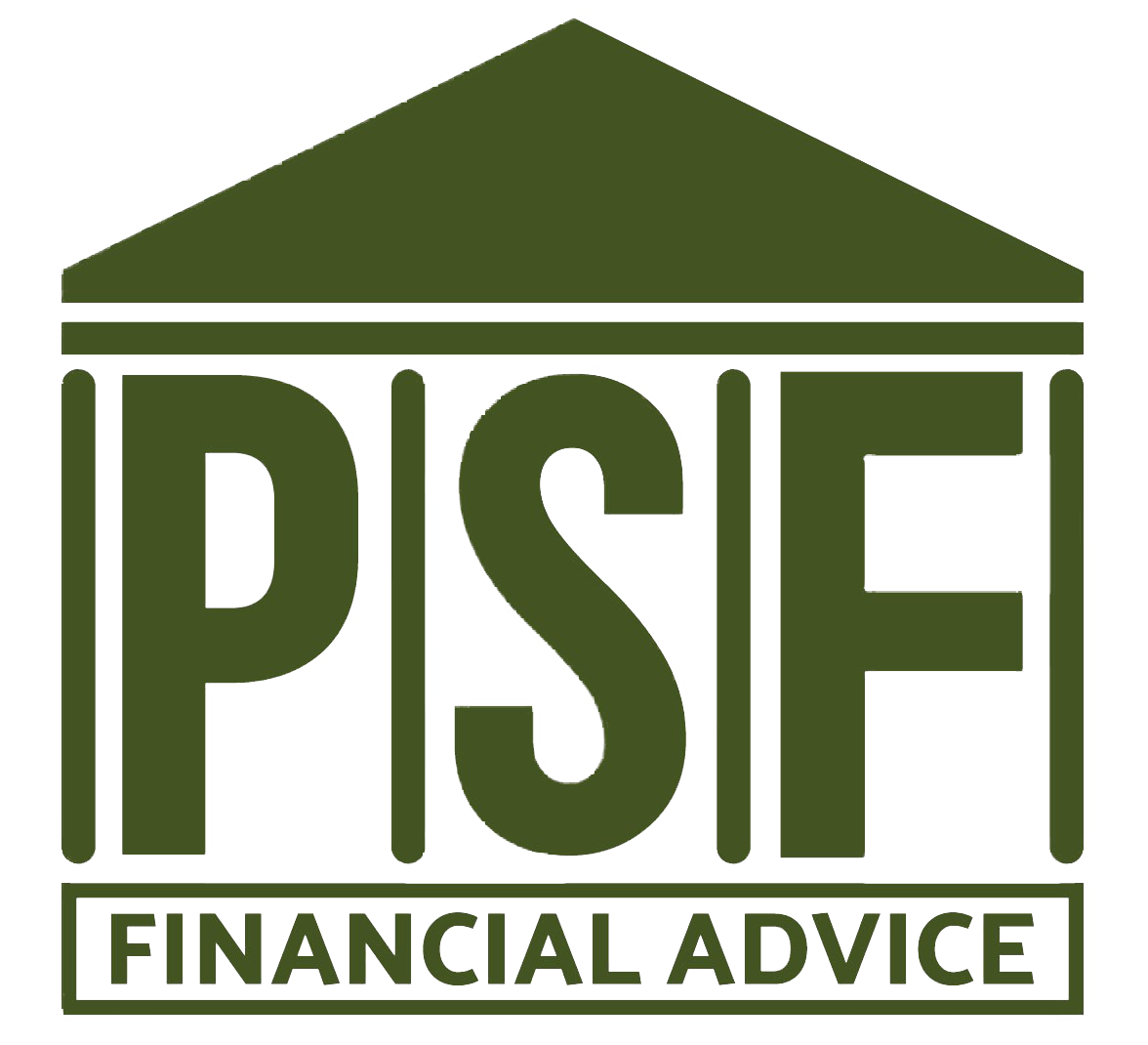The European Central Bank is on course to raise interest rates again today.
We’ve been looking at why the bank has been raising rates and how far they’re likely to go today – and in the months ahead – and what that will mean for Irish borrowers.
Why are interest rates rising?
In a word, inflation.
The primary focus of a Central Bank is to keep the pace of consumer price increases at or close to its 2% target.
According to the latest figures from the European statistics agency, the annual rate of inflation was running at just below 10% in September – or five times its target rate.
One of the main levers the ECB has at its disposal for bringing inflation under control is to raise interest rates.
That, in theory, should reduce the demand for credit in the wider economy and help bring the rate of price increases back to where it’s at least within striking distance of its target range.
Isn’t inflation mainly being driven by rising energy prices at the moment?
It is and the bank is well aware that it has little control over that aspect of inflation.
However, it is spilling over into other areas and that’s something that the ECB can control.
Judging by its recent pronouncements, the regulator is determined to achieve its inflation objective.
“Our job is to return inflation to 2% and we will deliver on that,” Christine Lagarde, ECB president said at the bank’s last rate meeting six weeks ago.
“Monetary policy is not going to reduce the price of energy. It will contribute to reducing expectations and give a strong signal that we are serious and that we will contribute to reducing inflation,” she added.
So, is that code for more rate increases?
It appears so.
The main lending rate at the ECB stood at zero for many years with the deposit rate sitting in negative territory.
The ECB started to raise rates in July – much later than many of its global counterparts – with a 0.5% hike, bringing the deposit rate back to zero and the main lending rate to 0.5% in one swift move.
It followed that up with a 0.75% increase at the last meeting in September bringing the main borrowing rate to 1.25%.
A 0.75% today increase would see that base rate going to 2%.
Is there any chance it might opt for a smaller hike?
The ECB used to give a signal of sorts as to how it was likely to move on interest rates – a policy known as forward guidance.
However, it has largely abandoned that policy of late and has indicated in recent months that it would make its decisions on a ‘meeting by meeting’ basis, dependent on the information it had at its disposal at the time.
And that information increasingly points to a continued rate of price increases which makes the prospect of more rate hikes a foregone conclusion.
ING analysts said in a note in recent weeks that a 0.75% hike today looked like a ‘done deal’.
“The entire Governing Council could start humming the old Depeche Mode song “I just can’t get enough” as a choir,” they said in reference to the pace of rate hikes.
“The hawks have clearly convinced the few doves left of the necessity to go big on rate hikes again. Contrary to the run-ups to the July and September meetings, there hasn’t been any publicly debated controversy on the size of the rate hike,” the analysts added.
What’s more, speculation is already centring on another increase of 0.5% at the bank’s next meeting in December.
What would that mean for my mortgage?
If you have a tracker, and on the basis of an expected 0.75% hike today, your rate will in the coming weeks be 2% higher than what it was at the start of the summer.
That would be a whopping increase over the course of half a year with the difference exceeding €2,000 annually on repayments on a tracker mortgage of around €200,000.
AIB became the first of the main banks here to raise its fixed rate product offerings in recent weeks – some months after the ECB started moving rates upwards.
Others are expected to follow.
However, each has left their variable rates unchanged, although they have – on the whole – been unattractively high in recent years.
Non-bank mortgage lenders Finance Ireland, ICS Mortgages and Avant Money have each already increased the cost of some of their mortgage products in recent months.
They depend on the wholesale and bond markets for their funding where rates have been rising for some time amid speculation of Central Bank rate increases.
Overall, though, there are still relatively attractive offerings on the fixed rate market.
How high are rates likely to go?
Much depends on the economic outlook.
The eurozone economy has been under significant pressure since the Russian invasion of Ukraine and is expected to spend at least part of next year in recession.
That could stay the hand of the ECB, if there’s evidence that an economic slowdown is taking the heat out of the inflationary environment of its own accord.
Nonetheless, Christine Lagarde spoke at September’s meeting of the lag between the introduction of a rate hike and its subsequent impact on the wider economy.
That suggests one or more rate hikes into next year with many analysts seeing rates peaking at 3% in the current rate-rising cycle.
It’s a big change from what we’ve been used to in recent years, but it could be much worse.
Spare a thought for prospective mortgage holders in the UK who in recent weeks had their offers pulled amid markets chaos brought about by recent political developments.
Average two-year fixed rates there have exceeded 6.5% – their highest since the financial crisis in 2008.
Article Source: Interest rates set to rise again – what does it mean? – Brian Finn – RTE


